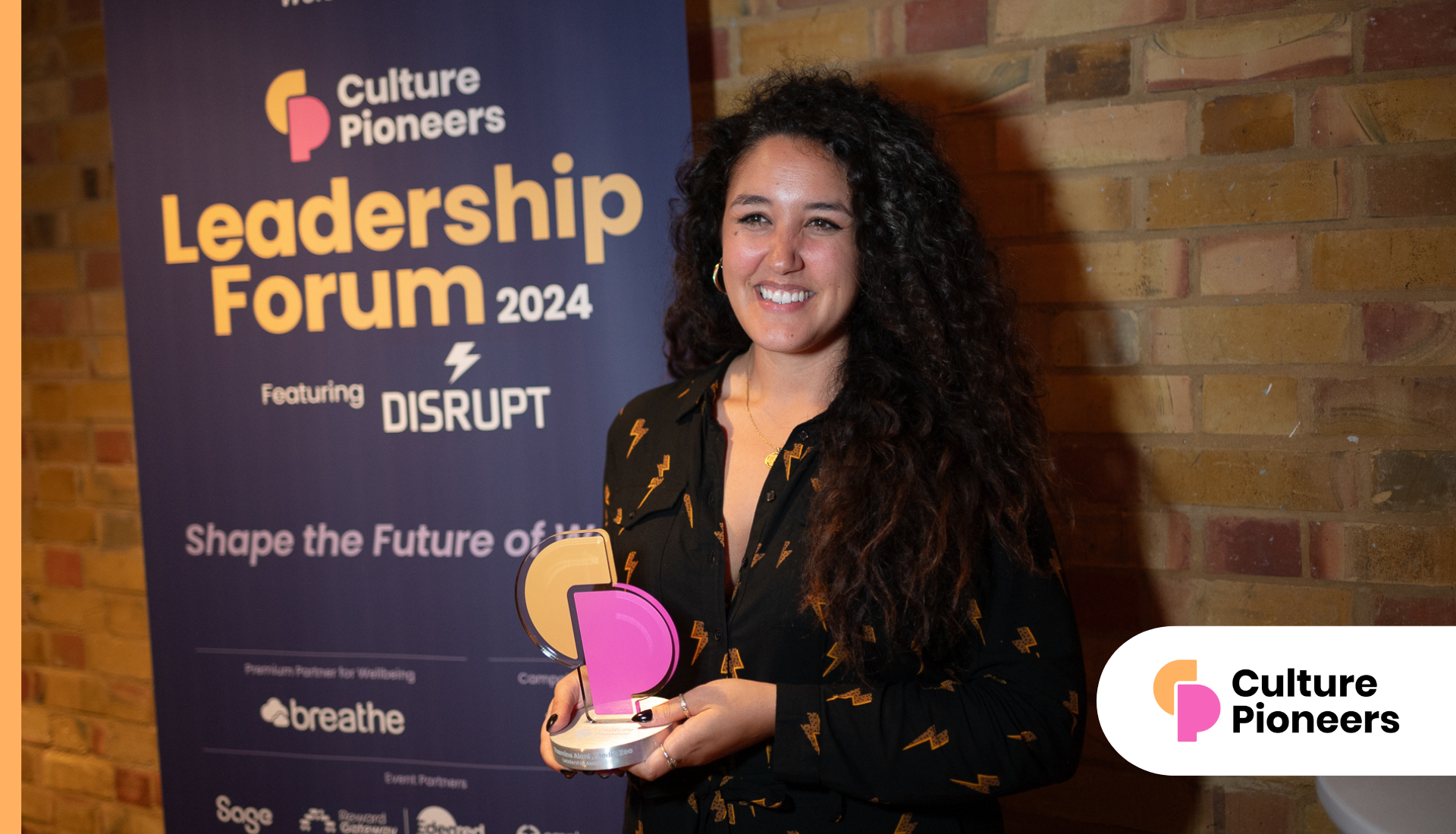In a world in which the pace of change is ever greater, and in an economy in which an inability to change can literally mean business failure, it’s critical for businesses to be able to introduce and embed change rapidly and effectively. And yet, research over a long period has proven that most change activity fails to deliver the desired benefits. It doesn’t seem to matter what the exact nature of the change is, change consistently fails:
• As many as 70% of mergers fail to deliver their intended benefits (CIPD, 2003)
• Re-engineering costs too much and takes too long and expected synergies aren’t achieved (Kotter, 1996)
• When poor integration occurs, leadership attrition soars by 47% within 3 years, productivity drops by 50% and employee satisfaction drops by 14% (Shuler and Jackson, 2001)
• The most common challenges cited are ‘soft’ issues; in particular ‘changing mindsets and the
existing corporate culture’ (IBM, 2008)
Considerable time and money has been spent trying to understand why, so that the process of change can be made more effective. But here’s my view of the most important reason: when change is planned, the people elements are usually the last to be considered and have the least robust plans. Organisations rigorously plan plan the financials, the process, the operations etc. but few plan the people experience. Or at least few plan the people experience effectively.
And unsurprisingly this causes issues during implementation, which impact the effectiveness of the change:
- The process of delivering the change often disengages people emotionally, meaning they don’t support it
- The role managers play in the transformation is often disregarded , and they are critical in engaging people rationally and emotionally (both elements are critical for sustainable change)
- Communications are too mechanical and logical and fail to engage people emotionally
- Individuals’ agendas are disregarded , and people are left unclear about “what this means for me”
- There is no method for gathering feedback from people throughout the change process, so it’s unclear whether people are ‘on-board’ until it’s too late
Don’t put the people elements last. Put them right at the top of the agenda, prioritise the people experience through change, and the desired benefits will be realised and sustained more effectively.
LinkedIn: http://uk.linkedin.com/in/timhadfield
Twitter: @accordengage
Telephone: 0044 07906650019




